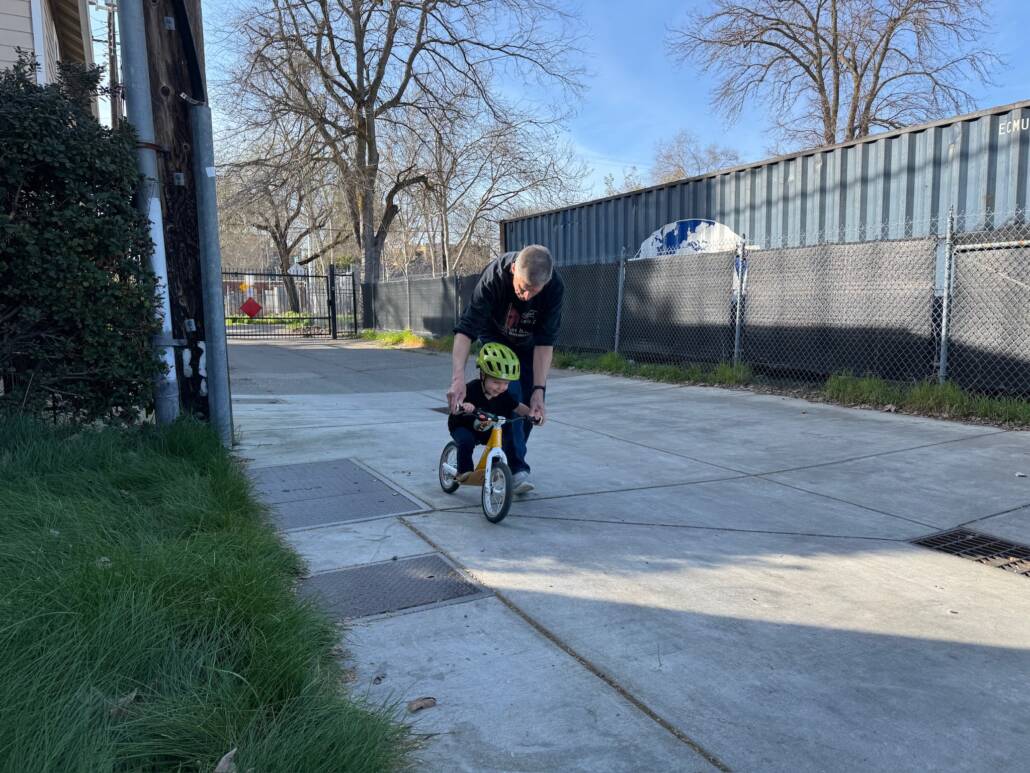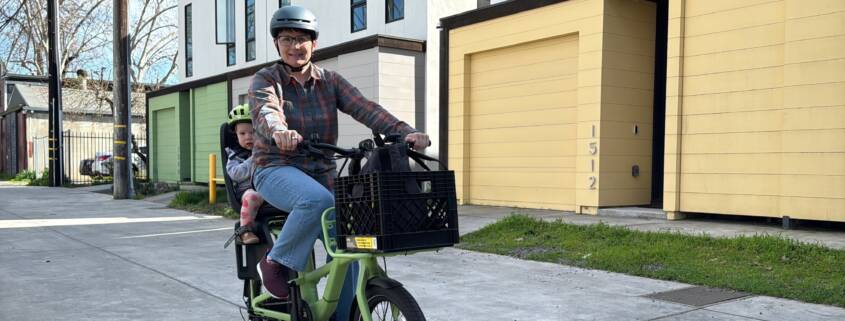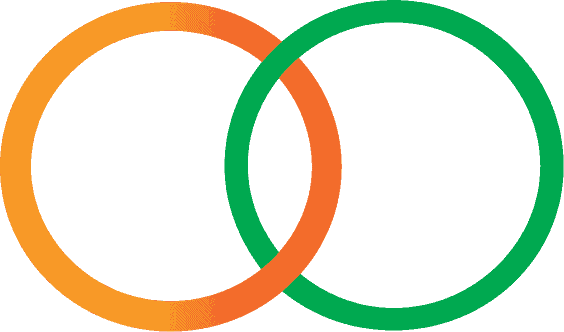My Mother Rode a Bike
One of the constants growing up, as far back as I can recall, was my mother’s silver bicycle. It was a well-loved road bike from the 1970s, with black handlebar tape, tan leather toe cages, and a set of panniers. It still lives in my garage. It holds so many memories, I can’t part with it. That bike, and my mother’s dedication to getting around on two wheels in Sacramento before bike lanes were common, showed me the usefulness of the bike as a “first and last mile” solution. Biking got me to and from transit starting when I was in elementary school, when my mom and I would load our bikes on the bus if the destination was a bit too far of a walk.
Growing up car-free
Unlike most families, we didn’t have a car. And this wasn’t new for my mom, who had spent most of her adult life car-free due to a combination of environmental consciousness and financial circumstances.
One of the things we realize as we get older is that how we are raised becomes our normal. Seeing my mom use her bike to get to community college classes and jobs, I always saw the bike as a useful way to get around. In our circles, bikes weren’t a recreational activity — they were a lifeline. It required route planning, and taking into account whether the route would be safe for a woman by herself, but it was still a lifeline that got us where we needed to be.
Tuning in to marginalized voices
As I got older, I understood why our family didn’t own a car when most others did; as a single mom who often worked multiple jobs, we simply couldn’t afford it. I also understood the challenges that come with relying on a transit system that only goes to certain places at certain times. I came to see the bike as a key to opportunity.
Public planning processes often overlook the value of the experiences of people like my mom, who make things work despite challenges and provide for their families on two wheels. This is one of the reasons why leading CalBike is such a privilege. I’m grateful to have a platform to uplift the needs of women, caregivers, and others who are not the “typical” bicyclist and whose needs are often unmet.
I’m thrilled to be part of a growing group of diverse leaders in bicycle advocacy, changing the common perception of bike riders as spandex-wearing cisgender men, and amplifying the lived experiences of a broader group of people who bike. One of my goals as ED of CalBike is to center the voices of bicyclists from all walks of life; we are stronger together than we are alone.
While my mom is no longer with us, the vision of her, leaning over on the drop bars of her road bike, remains clear in my mind. I can only hope that my daughter grows up with similarly fond memories of a strong mom getting around by bike.






